I regard electricity almost as magic. You flip a switch and there is light, or coffee, or music! But I never gave much thought to how it works until I bought an RV. My very first RV troubleshooting adventure began with electricity. One day I flipped a switch and nothing happened – no lights, no coffee, no music. Now what?
My home has a fuse panel, so I looked for that first. Perhaps I had blown a fuse? Alas, no problems there. Next, I supposed the battery might need charging, but the system monitor indicated the batteries were fully charged. Hmm. That was the extent of my electrical knowledge. I would need to dig deeper.
Reading through technical writing is my least favorite thing to do, but I diligently searched through the manuals that came with my RV. Not finding anything I could decipher, I called the manufacturer. The service technician told me about the inverter “reset” button. I didn’t even know that we had an inverter, much less where it was or what it did. With a little guidance from the tech, I found it, hit the reset button, and the electricity was restored. Magic!
However, I knew this meant I was going to have to learn more about my RV’s systems. I couldn’t expect the manufacturer to teach me everything I needed to know about RVing, and gaining an understanding of how my RV works would be empowering.
How the RV electrical system works
An RV’s electrical system is typically made up of several players:
- Coach battery bank
- Inverter/converter
- Fuse panel
- Generator
- Shore power cord
- Solar panels
Your RV may not have all of these components but will most certainly have at least the battery bank, shore power cord, and inverter.
To get power to all of your RV appliances and systems you have a few choices: shore power (that’s just a nifty name for an electrical outlet at home or at a campground), an onboard generator, or your RV battery bank (which may be assisted with solar panels).
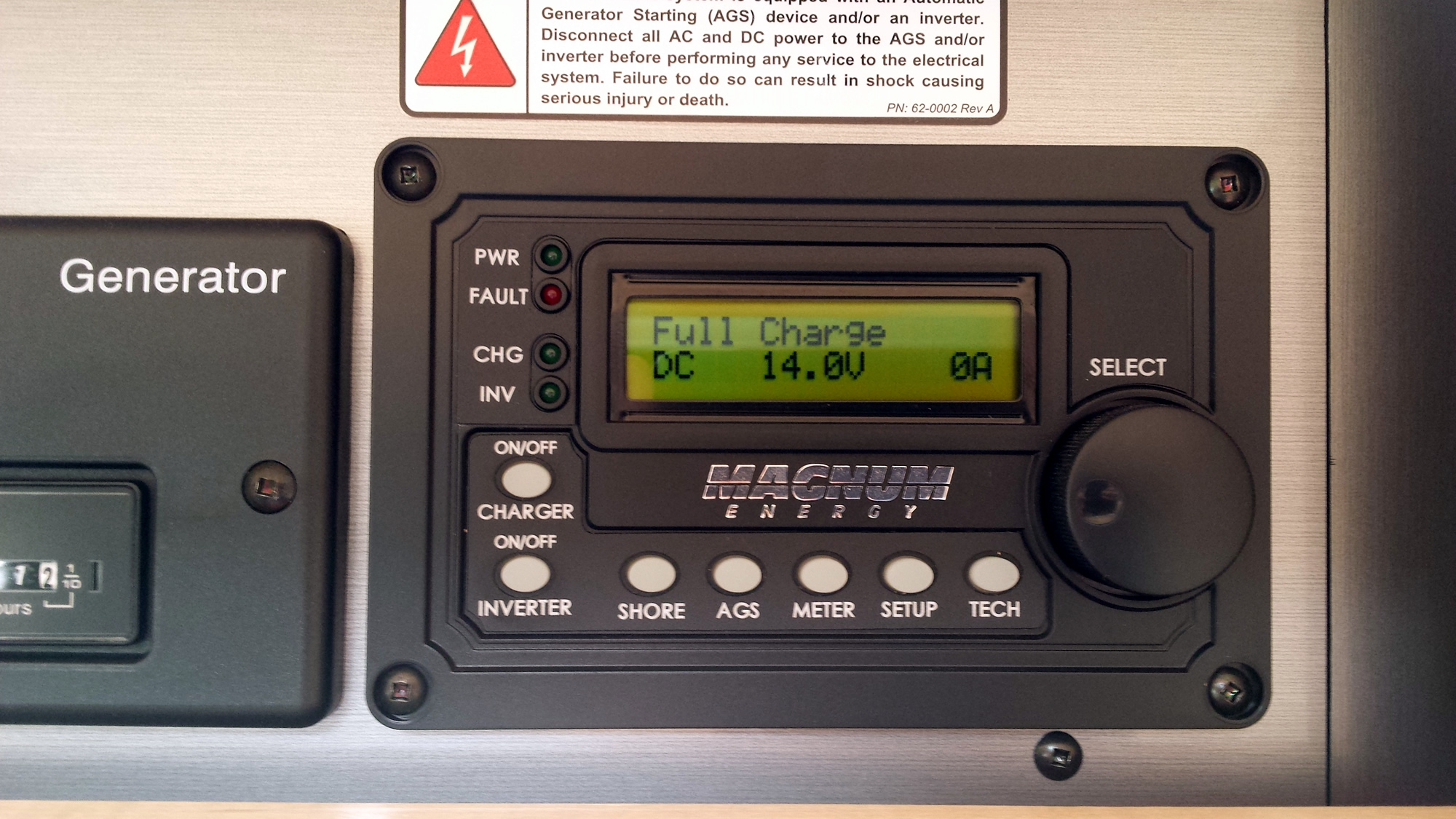
The Inverter
Using the power in an RV requires the use of an inverter – it is the heart of your electrical system. The inverter takes the stored DC power from the batteries and inverts it to AC power that is used by your appliances. (This is particularly important when you are boondocking away from a shore power source).
Even when plugged into a shore power source or using a generator, the inverter transfers that power to your outlets and appliances (if wired through the inverter). Any non-inverted outlets and appliances (refer to your manual to determine which outlets and appliances are inverted) are wired directly to the distribution panel and onward. But more importantly, the inverter can convert that power to charge up your batteries.
In its converting mode, the inverter takes the AC shore or generator power and converts it to DC power to be stored in the battery bank. This is an automatic process, so you don’t have to give it much thought. Plug into shore power and the battery bank starts charging up. Or switch on the generator, and the battery bank charges up.
As you learned in my story earlier, there is a reset button on the inverter. If the power goes out in your RV and you have checked all of the other suspects, you might want to try resetting the inverter.
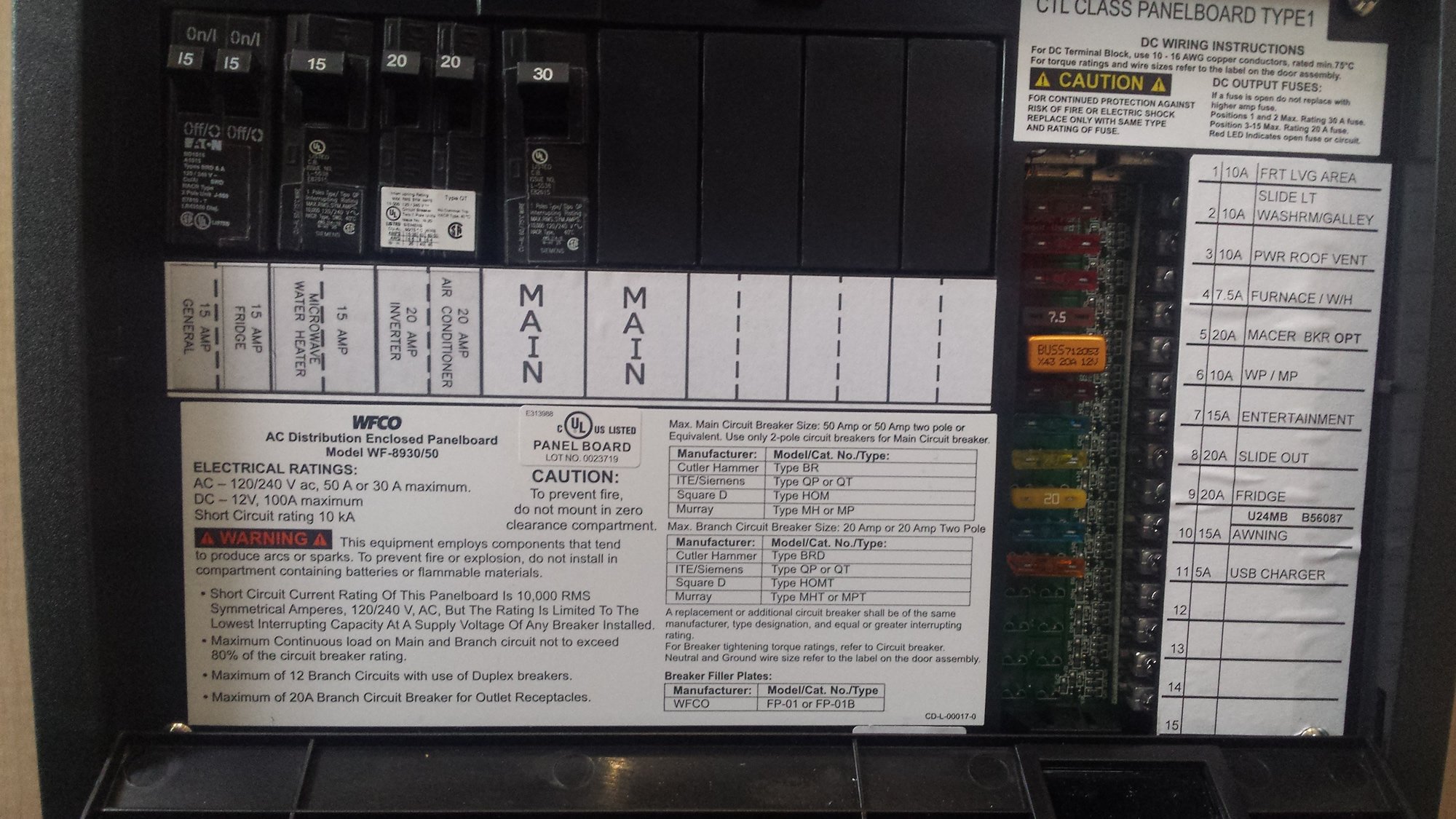
Fuse Panels
Somewhere in your RV, there is a fuse panel for the “house” side of the coach. In it, you will find the circuit terminals and fuses for the RV.
A fuse or a breaker allows electrical current to complete a circuit. When you overload a circuit by using too much power on a single circuit (like running the microwave and a coffee maker at the same time) the fuse or circuit will “pop,” breaking the flow of current and effectively turning off the circuit. This safety measure keeps you from burning out the circuit – or setting fire to your RV!
It doesn’t hurt to keep a few extra fuses on hand as well as a tester to help you determine which fuse popped. Some newer RVs have fuses that light up when they are popped, making it so much easier to find a bad fuse. There are also RVs with circuit breakers, just like in a home.
To check your fuses and circuit breakers, you’ll need to know where the fuse/circuit panel is located and how to access it. Make sure you are looking at the panel for the “house” side of the RV rather than the engine. Take a few minutes to read your RV’s documentation regarding fuses and circuit breakers to get familiar with its set up.
Before you replace a popped fuse or reset a tripped circuit breaker, make sure you turn off (or unplug) the appliances that were running when the power went out. It may be that too many appliances were in use on the same circuit. Make a note of which appliances and outlets are on each circuit as a reminder when tempted to use multiple appliances at one time!
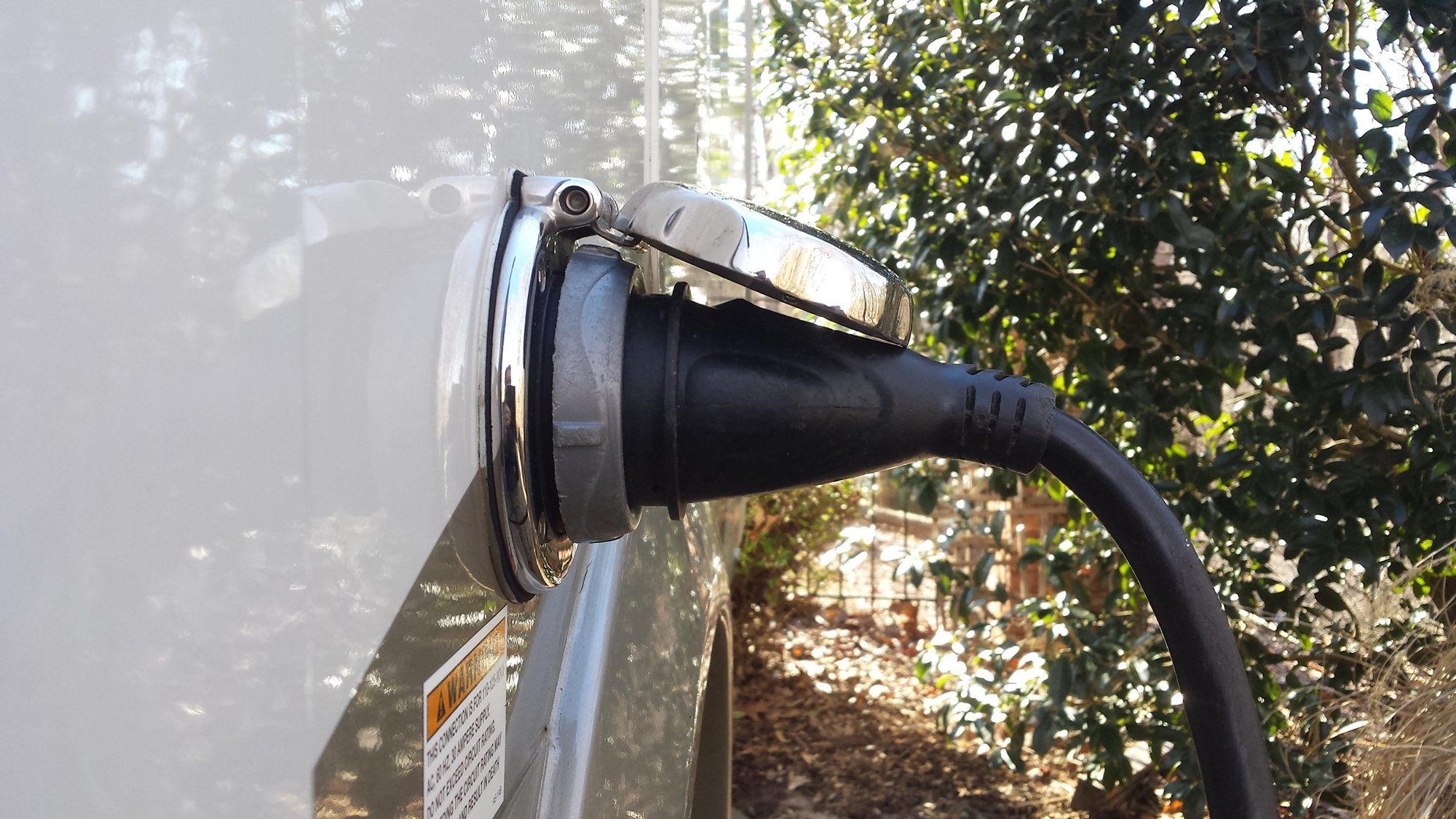
Shore Power Cord and Adapters
Connecting to shore power via your RV power cord allows you to run everything from the air conditioner to your television. Just plug into the campground electrical outlet and your RV is ready for action. Behind the scenes, the AC current from the campground hook-up is transferred to your RV appliances and outlets through the inverter (if wired through the inverter).
There are several types of electrical supply current at a campground: 15, 20, 30, and 50-amp service. You need to know which type of service your RV uses. Bigger RVs typically use 50-amp service and smaller RVs, such as our 25-foot Sprinter, use 30-amp service. You can find this information in your RV documentation.
So what do you do when the outlets at the campground electrical hook-up don’t match your RV’s amperage? Outlet adapters come to the rescue! They adapt the plug from your RV’s amperage to what is available at the campsite hook-up. For instance, these adapters allow you to use a 50-amp outlet with a 30-amp RV plug. Just attach the adapter to the plug on your RV power cord or to the end of your surge protector, and voila! If your RV uses a higher amperage than is available at the campground, using an adapter is less helpful. Although you might be able to use some power, it is unlikely you’ll be able to run more than the lights and perhaps a small appliance.
Surge Protectors
When plugging into shore power, use a surge protector. This will protect your RV from electricity surges that could “fry” your RV’s electrical system. We found out how important the surge protector was when camping during a thunderstorm. Lightning hit the campground and while it burned out our surge protector, the surge protector saved our RV. It did its job admirably, and the next day we found the nearest RV supply store and bought another one!
Most surge protectors include a polarity tester that will indicate a faulty circuit. When you plug in the surge protector to the campsite power, a set of lights will indicate “green” if it’s safe. If there is an issue with the shore power hook up, the lights will indicate yellow or red. If that happens, report it to the campground office and ask for another campsite.
Battery Bank Power
The battery bank allows you to use some of your appliances when you are boondocking without a shore power hookup. The inverter draws DC current from the batteries and inverts it to AC current for your appliances and outlets–again, applicable to outlets and appliances wired through the inverter. (That inverter is a handy little device!) Of course, the battery bank must be charged up for the inverter to draw power.
There are two sets of batteries in your RV: one set for the RV chassis, and one set in the “house” side for all of the electronic needs there. The house batteries in a small RV are typically two deep-cycle batteries that need to be monitored and recharged when the charge drops to 12.5 volts.
If you allow the charge to drop below 12.5, the chance of battery damage increases. Little crystals form on the battery plates, rendering them useless. Some slight damage can be repaired, but more severe cases require replacing the battery.
You can recharge the batteries by plugging into shore power, using your generator, or using a stand-alone battery charger. Most newer small RVs are equipped with a converter function that automatically recharges the batteries when plugged into shore power.
You will also need to check the water level in the batteries periodically, even when you are not using your RV. Top off the water level to just cover the plates and use ONLY distilled water. Tap water can reduce the life of the battery. If your batteries are the sealed type, they are considered “maintenance free” and do not require you to add water.
Finally, it’s a good idea to switch the house batteries to “off” or disconnect them when not using your RV. This keeps the batteries from dropping to a dangerous low-charge level. Even if everything is turned off in the coach, there is always a small power draw (also called a “vampire draw”) from standby modes and warning lights. Turning off or disconnecting the batteries is the only way to stop the “vampires.”
Solar Panel Power
If you have them, solar panels transmit the power they generate from the sun to recharge the battery bank. They don’t typically generate enough power to run your whole coach, but enough to keep the battery bank topped off.
Solar panels are installed on the roof of a small RV and have a charge monitor inside the RV. If you are boondocking, solar panels can be a great help, providing free power as long as the sun is shining. You will, of course, have to monitor how much power you are using vs the amount being delivered by the solar panels. As the sun fades into evening, you’ll only have the power stored in the battery bank for the overnight hours, so use that power wisely!
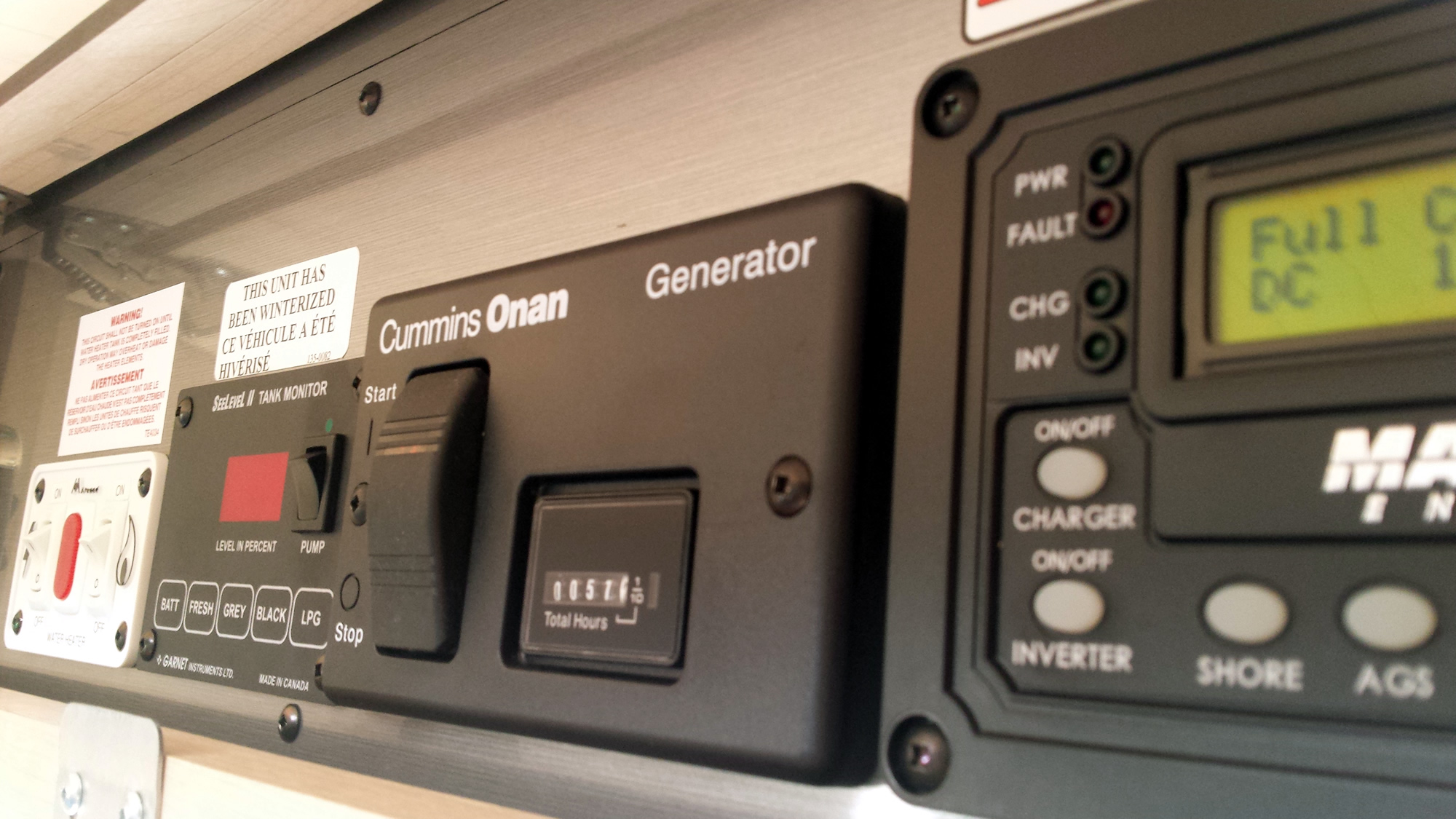
Generator Power
An RV Generator can do two things: either re-charge the battery bank through a converter or supply AC current to your appliances and outlets through the inverter (again, only applicable to inverted plugs/appliances). If you plan to boondock frequently, a generator is a nice feature to have.
RV generators are either diesel or propane fueled. They are noisy and emit fumes, so are not particularly welcomed in campgrounds. Use generators thoughtfully so as not to disturb other campers; only use them during the day to recharge batteries or run appliances for short periods.
Like most motors, generators need to be run occasionally with a “load” to keep them in tip-top shape. For a generator, that means you should gradually add a power draw, run at that level for a while, and then gradually decrease the power draw before shutting down the generator. Similar to the inverter, most generators will have a reset breaker that can cause no power when the generator is running if it’s been tripped.
For example, start up the generator and let it run for a couple of minutes without any power draw from appliances. Once the generator has had a few minutes to warm up, turn on the air conditioner or run the microwave to add a power draw or “load.” Run the appliance for a few minutes and then turn off the appliance. Let the generator run without a load for a few more minutes before shutting it down. The total run time might be about fifteen minutes. The amount of load and the time required to “exercise” your generator may vary, so check your documentation for the manufacturer’s recommendation.
There should be a generator section in the systems monitor panel that indicates the number of hours the generator has been used. Maintenance on the generator is based on the number of hours run. Check your manufacturer’s recommendations for how often to service your generator and what needs to be done. Usually changing the fuel filter and oil is all most of us want to tackle, with the more in-depth servicing left to a professional. Just keep track of the number of hours on your generator and make a service note in your maintenance schedule.
So there you have it! The RV electrical system really is magic, creating usable power from multiple sources. Take care of each component, following the manufacturer’s recommended maintenance schedule, and always keep safety top-of-mind whenever working with electrical components.
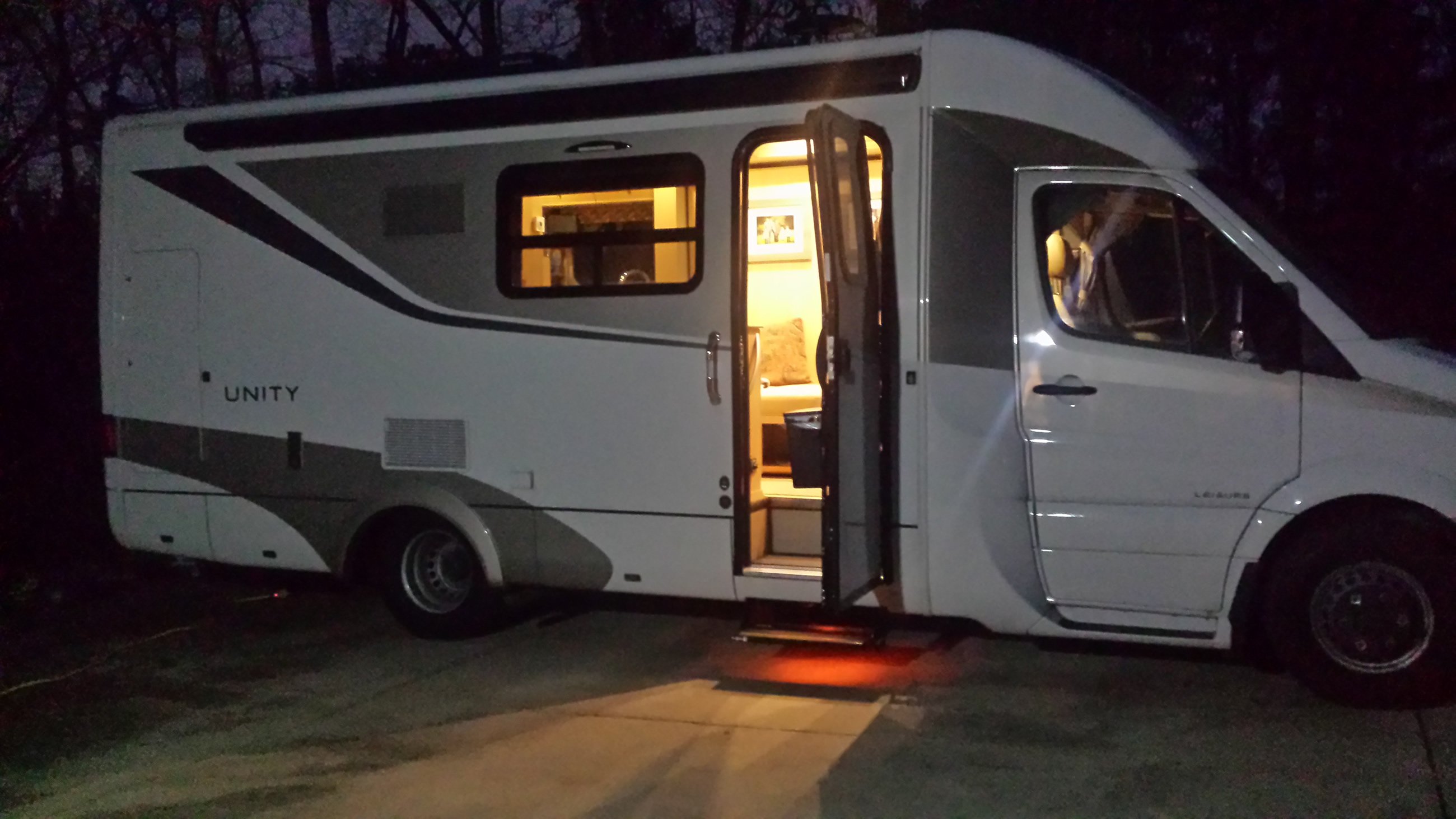



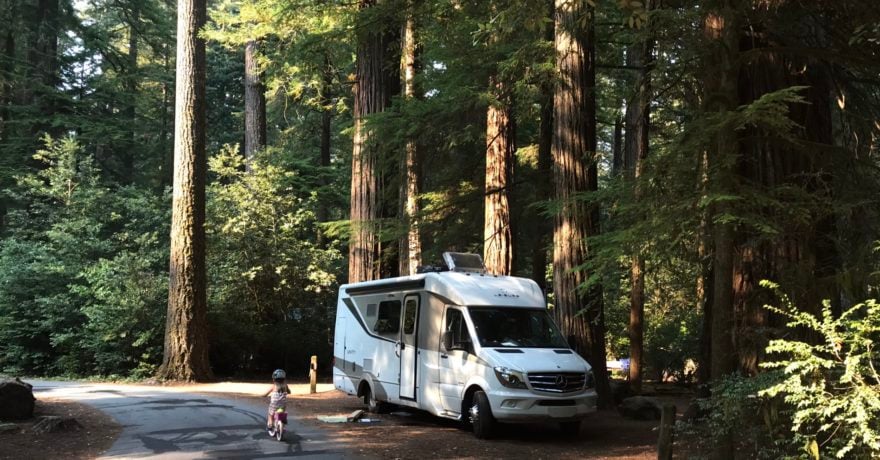
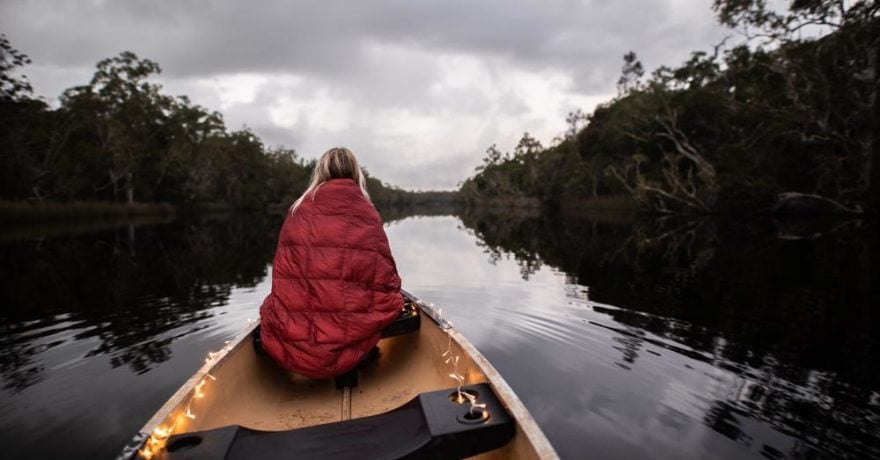
Comments